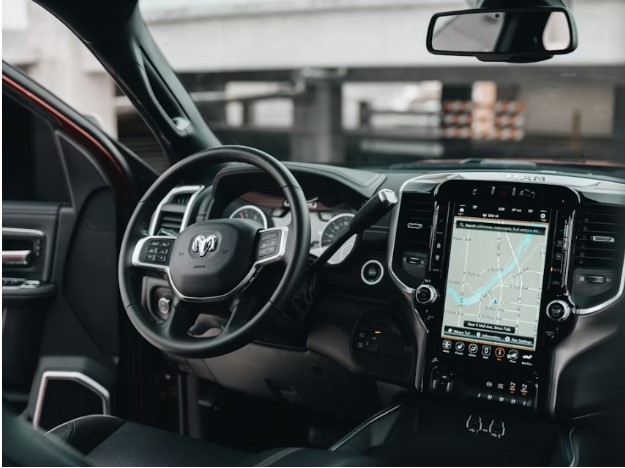Maintaining vehicles, whether small cars or large trucks, requires attention, preventive care, and timely professional services. Each type of vehicle comes with unique demands, but the goal is the same: ensure safety, reliability, and optimal performance.
By combining routine maintenance, emergency preparedness, and careful driving, vehicle owners can protect their investment and enjoy smoother, stress-free transportation.
Prioritize Car Brake Repair for Safety
For passenger vehicles, brake systems are one of the most critical components to maintain. Regular inspections of brake pads, discs, and fluid levels prevent unexpected failures and ensure consistent stopping power.
Prompt car brake repair addresses wear and tear before it compromises safety or leads to more costly repairs. For drivers, maintaining brakes not only protects the vehicle but also safeguards passengers, reduces the risk of accidents, and ensures confidence while navigating daily traffic or long-distance journeys.
Prepare for Truck Breakdown Contingencies
Large vehicles, like trucks, face additional challenges due to their size, weight, and extended travel routes. Even with proper maintenance, trucks can experience breakdowns from engine issues, tire blowouts, or transmission failures.
Planning for these contingencies is essential. Carrying spare tires, essential tools, and emergency fluids, along with access to reliable roadside assistance, allows drivers to handle unexpected problems efficiently. Knowing common causes of a truck breakdown and having a response plan minimizes downtime, protects cargo, and ensures safety for the driver and other road users.
Follow Regular Maintenance Schedules
Routine maintenance is the cornerstone of vehicle care for all sizes. Cars and trucks benefit from regular oil changes, fluid checks, tire rotations, and filter replacements. Monitoring engines, suspensions, and electrical systems ensures reliability and performance. Adhering to manufacturer-recommended service schedules reduces the likelihood of unexpected mechanical issues and extends the lifespan of both small and large vehicles. Regular checkups help identify minor problems early, avoiding costly repairs later.
Inspect Tires and Suspension Systems
Tires and suspension components are crucial for safe and efficient operation. Inspecting tire tread, pressure, and alignment prevents uneven wear and maintains traction. Suspension maintenance, including shocks, struts, and bushings, ensures stability and comfort, especially for trucks carrying heavy loads. Proper attention to these systems improves handling, reduces stress on other components, and enhances both safety and performance.
Protect the Vehicle Exterior and Interior
Maintaining a vehicle’s appearance preserves value and protects it from environmental damage. Regular washing, waxing, and interior cleaning prevent corrosion, rust, and wear on upholstery. Trucks, particularly those used in rough conditions, may benefit from protective liners or coatings to prevent damage from heavy cargo or debris. Preserving the exterior and interior enhances both aesthetics and long-term usability.
Practice Safe Driving Habits
Driving responsibly protects vehicles of all sizes. Avoiding harsh acceleration, abrupt braking, and aggressive maneuvers reduces wear on brakes, engines, and suspensions. Adhering to weight limits for trucks prevents strain on critical systems, and mindful driving conserves fuel and minimizes the risk of accidents. Safe driving habits complement maintenance practices, ensuring that vehicles remain reliable and functional for longer.
